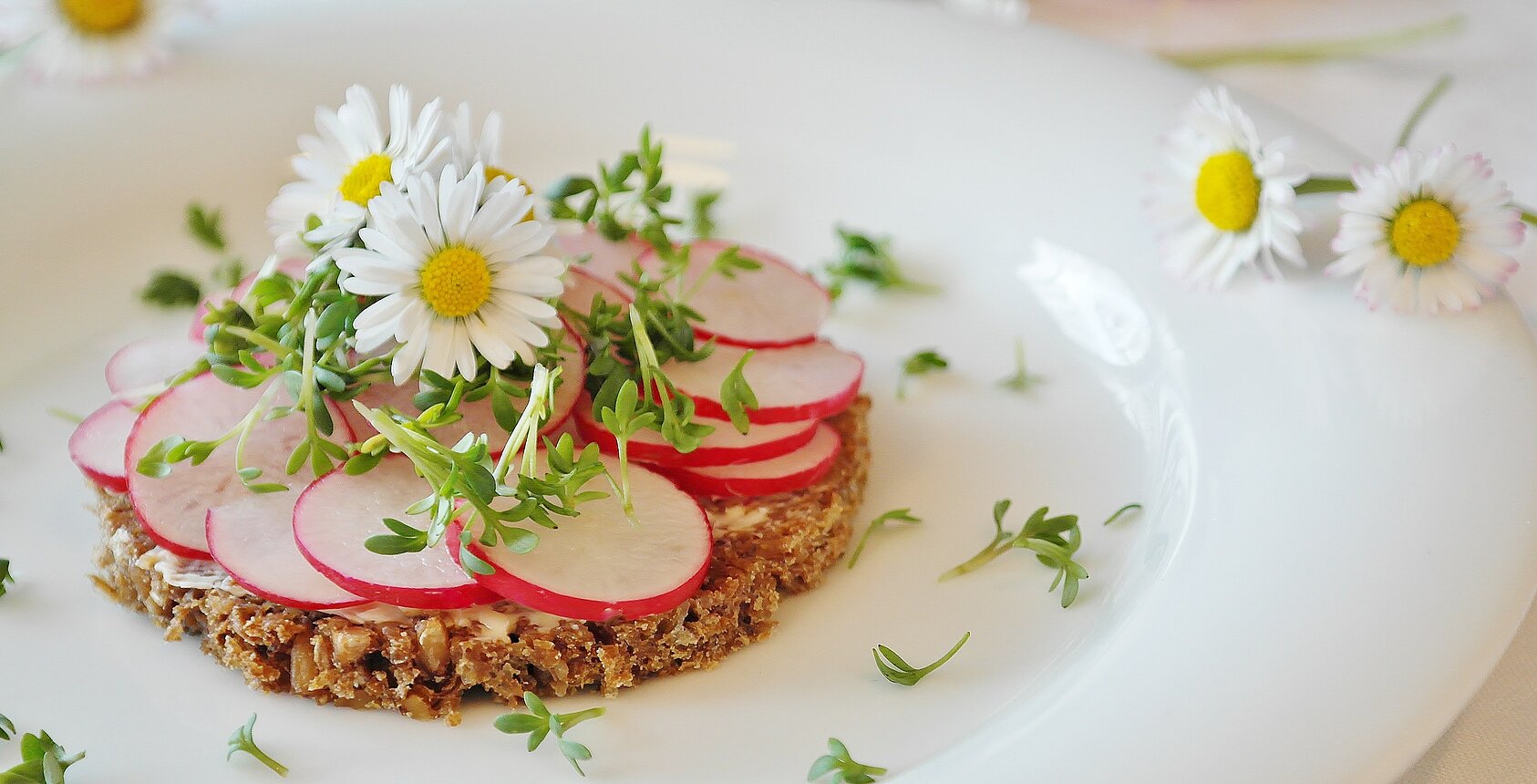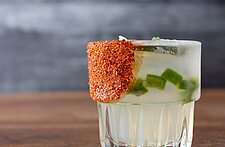Gone are the days of artificial-this and modified-that. Organic and natural foods are booming in 2018, accelerated by the demographic shift toward Millennials and Gen Zs shoppers and restaurant customers. This trend has been on the rise for years, meaning these age groups went through their formative years at the very least hearing about the benefits of a healthier, more natural and organic lifestyle if not living it thanks to progressive parents. For them, following an organic lifestyle and eating natural foods that are free from added flavoring stands for responsible indulgence, higher quality, healthier, better tasting, and environmentally friendly eating. Food and nutrition are top of mind, and people pay more attention to reading every food label and questioning the merits of their purchases than ever before. They are looking for products that return to a simpler way, back to the basics to a pre-industrialized food system where every food label focuses on organic and natural, whole, and nutrient-dense ingredients and takes a closer-to-nature approach to processing. The richness and maintenance of (local) nature take center stage, and sustainability becomes realizable: buying local, seasonal, artisanal food and avoiding waste.
 Audacious Herbs
Audacious Herbs
Wild plants and lesser-known herbs are giving a fresh, natural, healthy spin to soups, sauces, dishes, desserts and cocktails. Uncommon herbs are not only giving a tasty upgrade to common natural foods and beverages without the use of unnatural added flavoring but also introducing America to global flavors previously hard to find on mainstream store shelves. Shiso, a leafy green herb belonging to the mint family, is making a name for itself beyond being just a sushi sidekick; it’s now being used as a flavor agent in dishes, drinks and desserts. Chef Greg Baxtrom makes a very special beet and snow pea salad at Olmsted in Brooklyn, NY, tossing in shiso leaves together with chili oil, citrus. and sesame seeds. Hyssop, a bushy purple and green plant also part of the mint family, which was all over our StarChefs flavor survey, is used by Google chef Matthew Delisle, Chef Jason Hammel from Lula Café in Chicago and Chef Jonathan Kallini of Bacchanalia in Atlanta. According to pastry chefs, anise hyssop pairs well with chocolates for desserts.
For more insights and trends, CLICK HERE to subscribe to the weekly in-sight newsletter
From grain bowls to salads to pasta dishes and even pavlovas, sorrel, used as a salad green addition, has grown into a mature ingredient on menus in the U.S. Chef Vartan Abgaryan on 71 Above in LA uses sorrel along with chervil and tarragon as audacious herbs in his restaurant. The aromatic herb, epazote, is making the jump from Mexico to the U.S. with Michelin Star Chef Val Cantu of Californios in San Francisco, who uses epazote across multiple dishes on his regularly changing tasting menu. On the cocktail side, Texas chef Rocky Barnette crafts a epazote gin martini that was featured in Food & Wine Magazine.
 Conserve, Preserve, Shaken or Stirred
Conserve, Preserve, Shaken or Stirred
Natural flavors are not only in demand in food – cocktails are also receiving the whole foods treatment. The combination of unusual, rare ingredients and special sourcing together with unique process, creative composition, and an intriguing story, is a success formula to creating signature sips and preserving maximum flavors in cocktails. Milk washing is an intriguing, complex cocktail method. When you mix milk, liquor, and citrus, then filter out the curdles, you end up with a clear, mellow cocktail that feels round and silky. Bartender Desmond Oliver of the Oakland Art Novelty Company makes a flaming tiki drink with milk-washed and coffee-infused Jamaican rum, smoked pineapple turbinado sugar, pineapple juice, coconut milk and cinnamon syrup.
There’s also clarifying and infusing, which not only preserve ingredients but transform flavor profiles. Tyler Fry of Spilt Milk in Chicago is preserving citrus and making shelf-stable, crystal clear variations on classics. Infusions happen across cocktails, mocktails and teas from combining alcohols with peppers to syrups with floral flavors and fruits. Sommelier Dominic Fiore of Bar Marco in Pittsburgh collaborated on an infusion utilizing unused strawberry tops. His Rose-Colored Glasses cocktail includes strawberry top-infused green chartreuse, gin, and lemon.
When is a garnish no longer just a garnish? The answer: when it’s candied. From more common applications like candied citrus or ginger to more inventive cocktails using candied rutabaga, this technique brings an unparalleled sweetness and pop to cocktails across all alcohols. Some cocktails even harken back to childhood memories of favorite sweets, like with More Than Cake in Kentucky, which serves candied bourbon shots.
 Floral Explosion
Floral Explosion
Also popular in infused alcohol and once a more global taste, we’ve seen floral flavors now blossoming in many different food and beverage categories, including soft drinks, tea, confectionary, and ice cream in the U.S. Restaurant Norman in Brooklyn, NY grows nasturtium right inside the restaurant. The fall-colored flower also showed up multiple times on our StarChefs survey, from Spencer White’s handmade pasta at Dio Mio in Denver to nasturtium capers at Russel Street Deli in Detroit.
There are some break-outs of natural flavors, like orange blossom, making a name for themselvesoutside of the fragrance world. Tyler Fry at Spilt Milk Tavern in Chicago uses peat-smoked orange blossom in cocktails and orange blossom water is popping up in desserts across the country. Marigold is also going beyond Indian cuisine, from Jaime Young’s marigold syrup at Sunday in Brooklyn to Moroccan chef Mourad Lahlou’s muhammara with pequillo, almond, pomegranate and marigold.
Hibiscus isn’t new but it’s finally making its way to the mainstream. It’s showing up in everything from a 15-course tasting menu in New Orleans from Chef Phillip Lopez to the Strawberry Hibiscus Caipirinha at restaurant chain Fogo de Chao to microbreweries across the country.
Learn more about The Symrise 2018 Top Flavor Trend North America HERE






